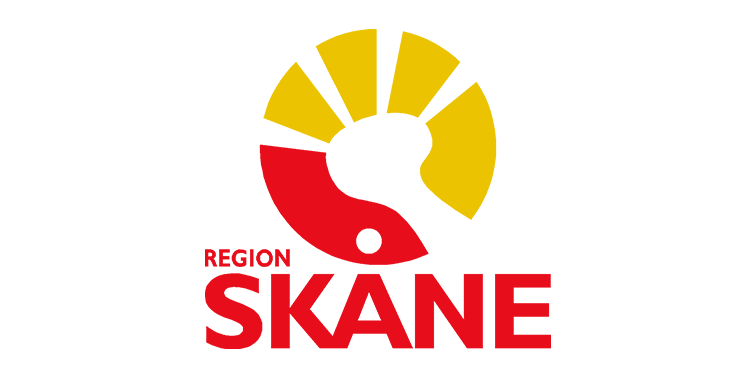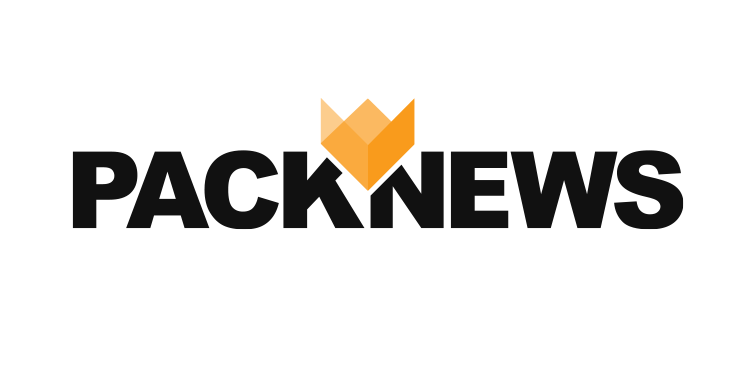IoT, 3D printing, mobile solutions and drones – all play a part in the production of the future
On 16 March, Packbridge invited the automation cluster Automation Region and THINGS to a full day in Stockholm to see how new technology will affect both the industry and production. Around 50 people had gathered to listen to talks from six speakers.
First to speak was Magnus Melander, co-founder of THINGS. This development and co-working space at KTH attracts many innovators working within new technology and the Internet of Things. Magnus Melander said that so far the Internet has largely been about producing software, but that we are now entering an era where data is IoT-era gold and development is consumer driven. Those who think strategically and deliver tailor-made, secure solutions that maintain private customer privacy will be the winners.
– In the future, however the key will be the hardware. Ideally hardware produced with 3D printers, meaning that prototypes can be developed quickly. In the basement of our building is a maker association with 400 members who invent and create things in 3D.
Andreas Rosengren is an engineering consultant for the technical engineering company Prevas, and he gave us an introduction to Industry 4.0 and the development of intelligent factories. The major gains are to be made in flexible production, in which each constituent is autonomous and creates its own data, which then communicates with the factory. Big Data creates opportunities for advanced analysis and production lines that perform self diagnosis and communicate with the “Cloud”.
Andreas described how the rapid development of IT technology and computers is driving integration within automation and robotics, and creating infrastructure that will allow us to follow every step in the production process.
He also talked about the research project LISA, the tweeting factory, a collaboration between Scania, Volvo, KTH, Lund University and Chalmers. The factory’s machines send short messages with twitter hashtags that show the status of both machines and production.
Marcus Lind, from the small development company Slagkryssaren, develops mobile solutions. He talked about how they were launching a new site every fortnight for the SAS mobile site.
– Instead of a team that plans and develops, we constantly look at how users click – and refine the system accordingly. For SAS mobile solutions, which now account for around 20% of sales, there is a project manager, 2-3 developers (one per platform) and a full-time developer. On the SAS side, one person acts as the client.
Volkswagen would like to be able to update all cars, over the Internet, with the proper software for emissions. Instead, they have to access every single car and adjust the software individually.
Peter Aaröe, from the German automation company Festo, talked about Industry 4.0. He began by talking about version 1.0, which was all about spinning and the steam engine. 2.0 involved mass production, with thousands of employees fully occupied in factories. 3.0 was and is all about electronics, robots and computers. Industry 4.0 is about processing data; the combination of Big Data, the Internet of Things and Cloud computing. Self-driving cars are an example of 4.0 technology.
– Whether 4.0 will be as significant as the other changes – we will only know in about 50 years. But we can say that half of all German investments over the next five years will be about 4.0. And with a normal development budget of 6%, that means about 3% of industry’s turnover goes to 4.0.
Pau Mallol from the fast-growing start-up company Inkonova manufactures specialised drones. The use areas and opportunities are many, but there are also many problems to be solved. The rotor blades are like razor blades, rotating at 5,000-10,000 revolutions per minute. If a drone crashes, it could kill anyone it hit. And aviation authorities don’t like the idea of so many more vehicles being in the sky.
But all these issues must be resolved, because drones can make a big difference. Transporting with drones to make the final leg of the journey could reduce transport costs by over 70%, according to estimates from Amazon. In Germany DHL are testing them to transport drugs to pharmacies. When the technology exists, the use areas come afterwards.
/ Written by Peter Ollén, Sign & Print and Packbridge




Leave a Reply
Want to join the discussion?Feel free to contribute!